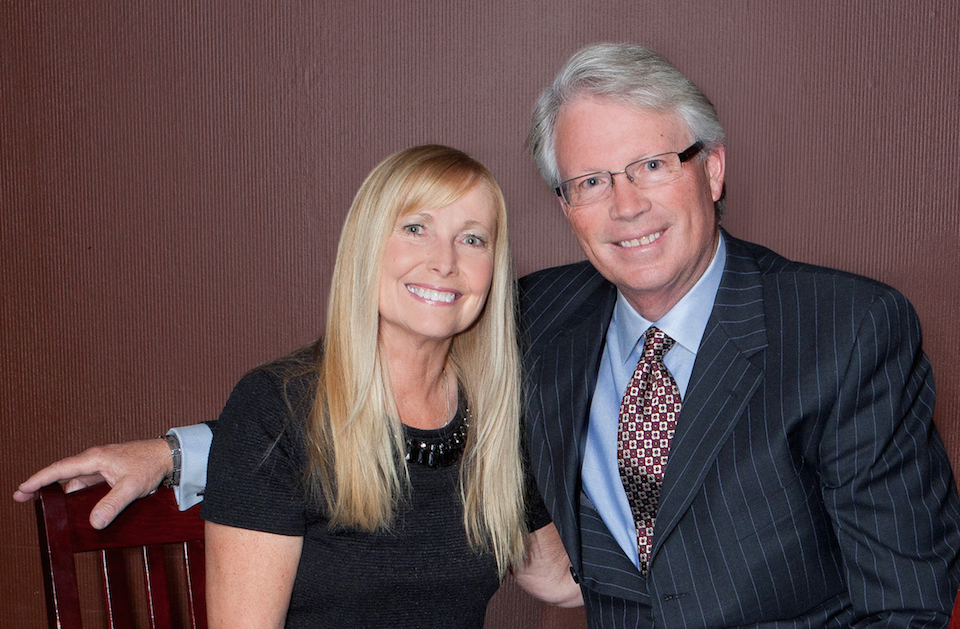The Floral Clock Fiasco

The Danger of Assumptions
Your communication skills affect every aspect of your life. The success of your job, marriage and personal relationships depends on your ability to communicate. Without strong communication skills, leadership is not possible. People will not follow you if they don’t know what you want or where you're going.
Yet, we often take communication for granted. We assume we are communicating well when it may not be true. We say what we think is important and assume the message is understood.
The Floral Clock Fiasco
Many years ago, my extended family gathered in the Toronto area to enjoy quality time together. It was summer with many fun things to do. On a particularly beautiful sunny day, the men decided to go golfing, the women went shopping, and our children who were by that time young adults went to Niagara Falls. The adult children took an early morning bus ride to the world-famous waterfalls and I agreed to pick them up later in the afternoon.
Although I'm not from Toronto and did not know the area well, I did not hesitate to make the offer. After all, I had a GPS, and surely that would get me safely to my destination. Since it's a highly visible landmark, I suggested we meet at the floral clock in Niagara. All of this seemed fairly simple to me and everyone agreed with the plan.
I left the Toronto area that afternoon to meet my children at 4:00 pm. I set my GPS navigator for the destination and away I went. I arrived 15 minutes early at the clock tower surrounded by beautiful flowers in the Botanical Gardens of Niagara on the Lake. An hour passed without any sign of the children.

As any Mom would do, I picked up my cell phone and gave them a call. My daughter answered on the first ring. "Where are you?" she asked. "At the clock, waiting," I said. That's when it became interesting. She said they were at the clock too. Cell phone in hand, I walked around the clock full circle and they were nowhere to be seen. Time was passing and we were all getting a little frustrated. "Mom, you can't miss us," said my daughter. "We're at the clock."
It was only then that I began to question our communication. Rather than assuming we understood each other, I checked. "What does the clock look like?" I said. She told me it was surrounded by lush flowers. Communication often requires not just one, but a series of questions. I asked if it was a tower clock and she said no. I asked if she was at Niagara on the Lake and again she said no. She was at the floral clock in Niagara Falls.
This goose-chase remains a well loved family story. We laugh about it often. But it is also a deep lesson in communicating and what can happen when we make assumptions. As George Bernard Shaw said, "The single biggest problem in communication is the illusion that it has taken place."
Four Truths about Effective Communication
Lately, I've been reading "The 21 Indispensable Qualities of a Leader: Becoming the Person Others Will Want to Follow" by John C. Maxwell. His chapter on communication reminded me of the floral clock story. He gives leaders four basic truths they can follow to communicate effectively:
- Simply your message: Forget about impressing people with big words or complex sentences. If you want to connect with people, keep it simple. Don't be afraid to ask what may seem obvious. There is no such thing as a stupid question. The only stupid question is the one you failed to ask.
- See the person: Effective communicators focus on the people they are talking to and they recognize it is about more than words. A strong leader listens to body language too, not just the body language of the other people, but their own as well. Facial expression and posture are part of the message.
- Seek response: Communication is a two-way process. If you're doing all of the talking, you're not communicating. Always stop and ask for input. Make sure that the message you intended has been received. It is particularly important to be clear about action, which is the primary goal of all business communication.
- Show the truth: This goes beyond sincere body language. Leaders do what they expect from the people who follow them. They live by example. Their words have weight because they are backed up by performance. Communication is at its strongest when it happens in a climate of deep trust. That comes from believing in what you say.
Take it Two Steps Further
Over the years, I've refined my approach to communication. Two things have been particularly helpful:
- Work hard at being clear: Before I share any communication, I look at it closely from the point of the view of the person receiving the message. Are my sentences short and direct? Is my message clear? During this final review, I am often able to remove sentences and even paragraphs. Striping away distractions is an important part of communicating.
- Meet people where they are: The first step in communicating is to listen. Before you can share a message, find out what people need. What are their questions? This gives people confidence in your ability to lead and it sets the foundation for productive communication.
"The art of communication is the language of leadership." – James Humes
Call to Action:
- On a scale of 1 to 10, how do you rate your ability to communicate with others?
- Is communication a priority to you?
- When you talk to people one-on-one, are you able to connect with them? If not, what could you do to improve your communication?
- How often do you review your message to see if it can be simpler?
It starts with you. You've got this!
Your friends,
UpCloseTeam




